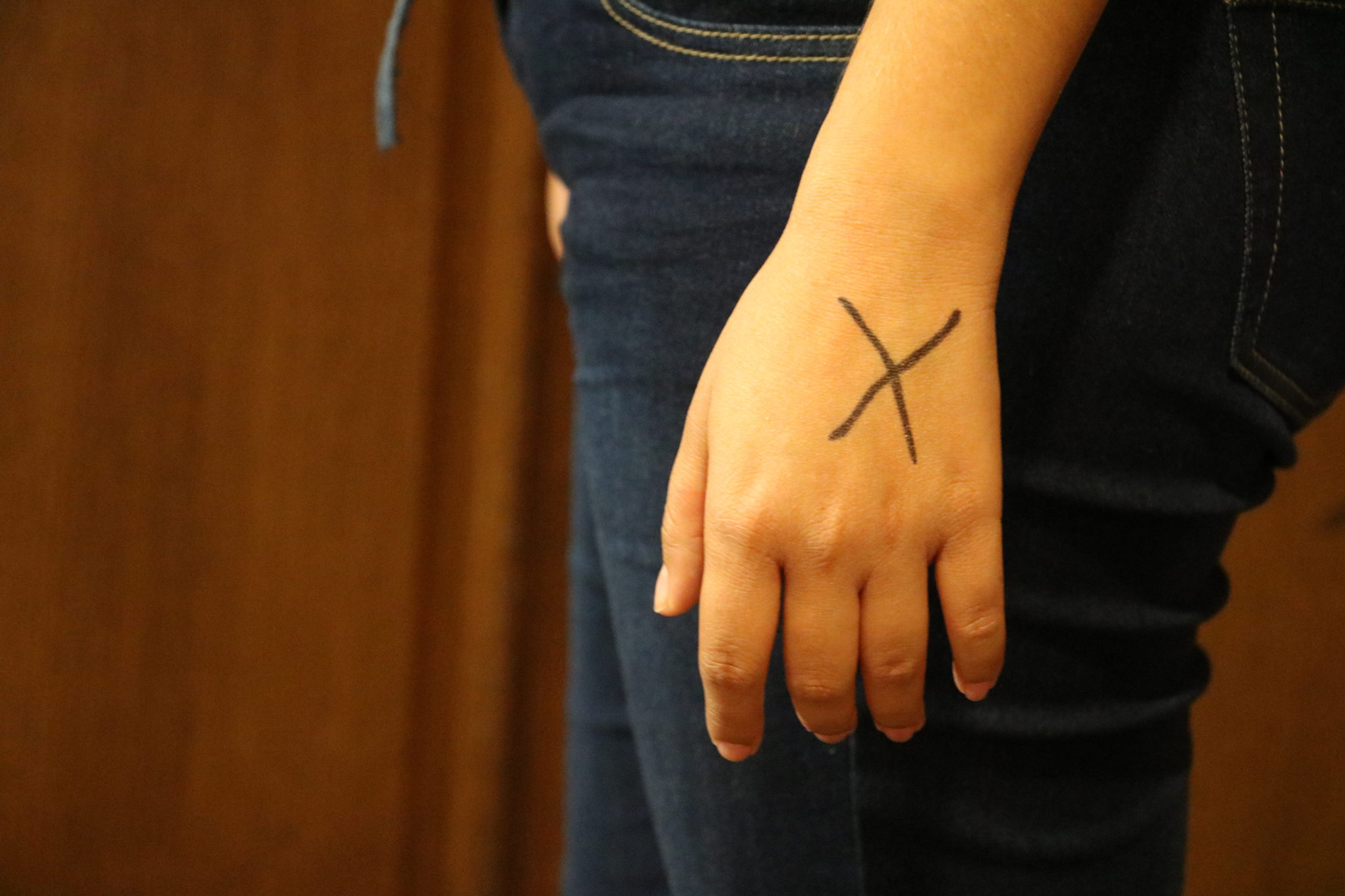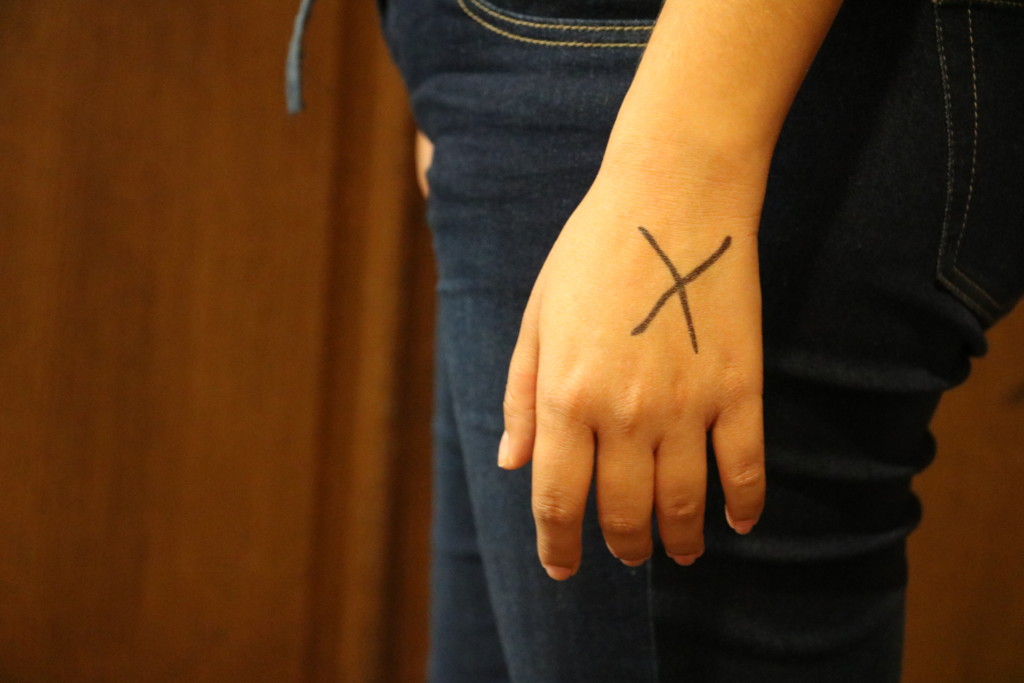
Photo Illustration By Osc ar Castillo
BY Bryan Ramos | THE RIDER

Alcohol consumption is embedded in the culture of the United States. It’s as American as apple pie, baseball and guns.
Most people first encounter alcohol before they turn 21 years old, the minimum legal drinking age limit in the U.S. Turn on the TV and you’re sure to see a commercial or three pushing some sort of new alcoholic beverage that if you drink will instantly make you cooler. Log on to any social media and it’s all over your timeline with everybody trying to look like the most interesting person in the world.
“I think we live in a culture where it’s really socially acceptable to drink and party underage,” said Kristina Canfield, program coordinator for the Collegiate Recovery Program at UTRGV. “We definitely live in a society where our culture says ‘Hey, it’s OK. It’s normal if you’re in college to drink heavily or binge drink.”
A recent study led by University of Texas at Austin advertising Professor Gary B. Wilcox published in the International Journal of Advertising states that “alcohol advertising media expenditures for all alcohol beverages have increased almost 400% since 1971.”
In 1984, Congress passed the National Minimum Drinking Age Act. The bill was an attempt to make states fall in line, forcing them to prohibit persons under 21 years old from purchasing or publicly possessing alcoholic beverages as a condition of receiving federal funding for highways. According to the act, “the Federal government can withhold 10 percent of funding for highways from states that do not prohibit people under age 21 from buying or publicly possessing any alcoholic beverage.”
The U.S. is one of 12 countries where the legal drinking age limit is 21, the highest in the world, while 162 countries have a legal drinking age limit of 20 or younger. Once you turn 18 in the U.S., you can, however, buy a gun, put your life on the line fighting for your country, vote and pay taxes.
Jasmin Grimaldo, a 21-year-old junior theater major, believes the drinking age is “a little high.”
“You can go to war at 18, why can’t you get a drink at 18?” Grimaldo said. “It should also be lower because it would be ingrained that it’s social norm in our culture and not this level that you have to hit.”
In comparison, Canada allows each province and territory to define the legal drinking age. Of the 10 provinces and three territories that make up the Canadian federation, three have set 18 as the legal drinking age while the other 10 set 19 as the minimum age limit.
In Mexico, the legal drinking age is 18 but those who are younger can be served alcohol in licensed premises if the beverage’s alcohol by volume is lower than 15 percent.
Across Europe, where 19 and under is the legal age limit, casual drinking has become a socially acceptable part of the culture. Alcohol is normally consumed with each meal and not glamorized the way it is in the U.S.
A 2014 study showed nearly 88,000 people die from alcohol-related causes yearly, the fourth leading preventable cause of death in the U.S.
Science has proven that the brain isn’t fully developed until age 25. Lowering the drinking age could reduce some problems, such as binge drinking and alcohol-related accidents, but it could also impact the culture in negative ways. Canfield said if the legal drinking age is lowered, alcohol education needs to increase.
“I think if we would change the drinking age without addressing the underlying issues of education about risks and harm reduction, if we don’t address those things in conjunction with lowering the drinking age, we’re not going to fix things. It can’t just be “let’s lower the drinking age and then there won’t be this big red button so we’ll stop pushing it,” Canfield said. “ If we’re going to lower the drinking age, we need to make sure that we’re really good educators and really good advocates and constantly educating young people on the risks of heavy drinking.”





